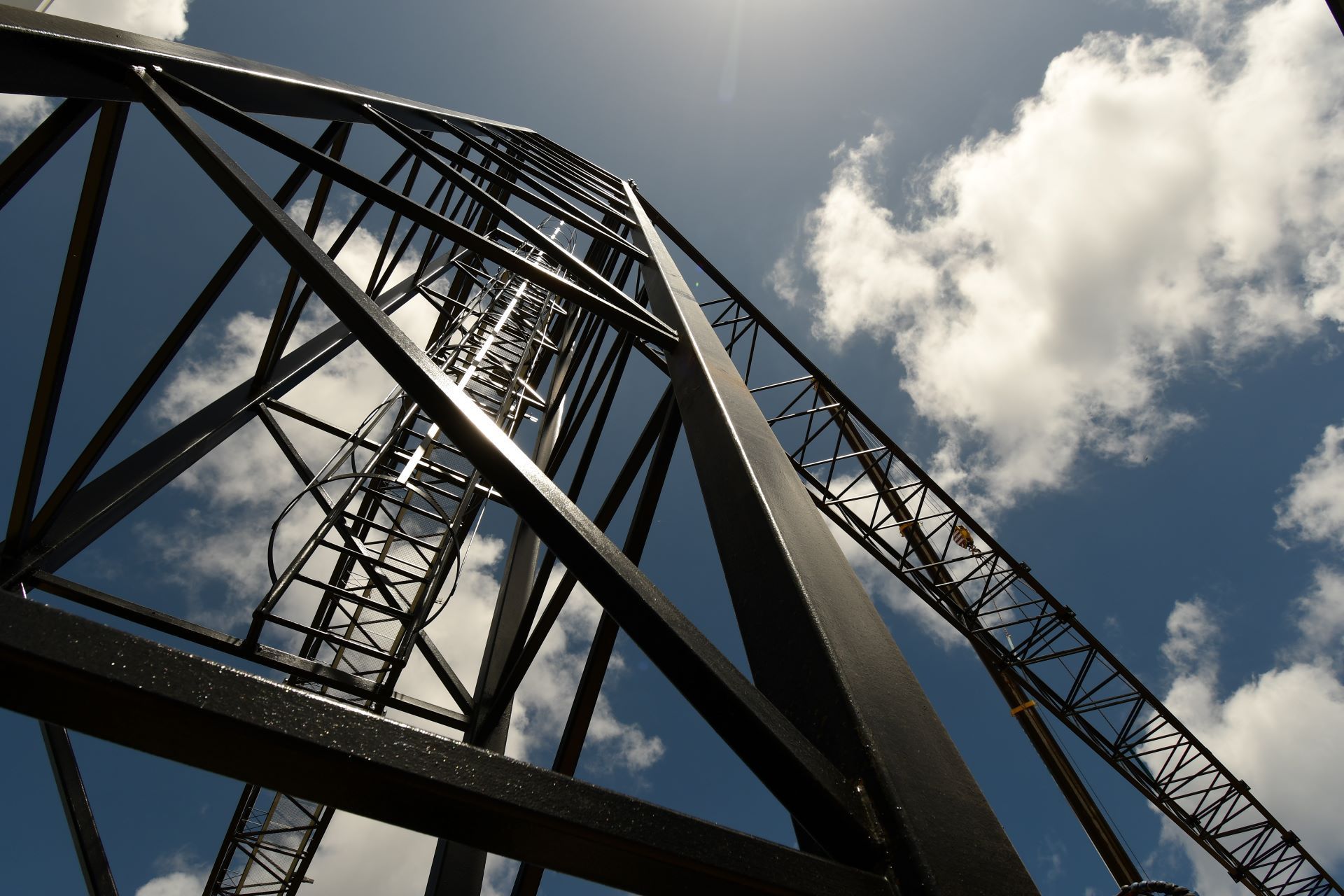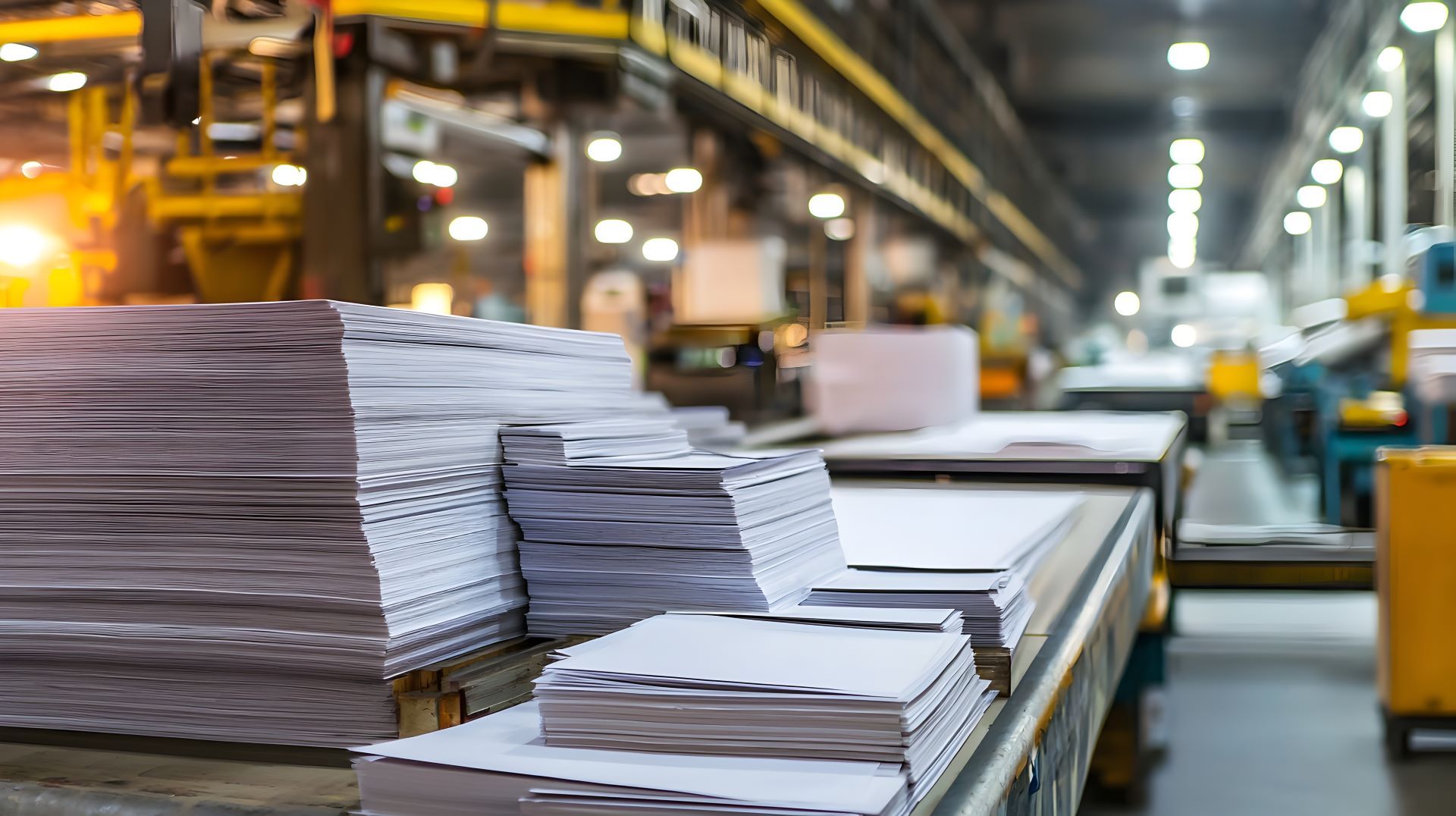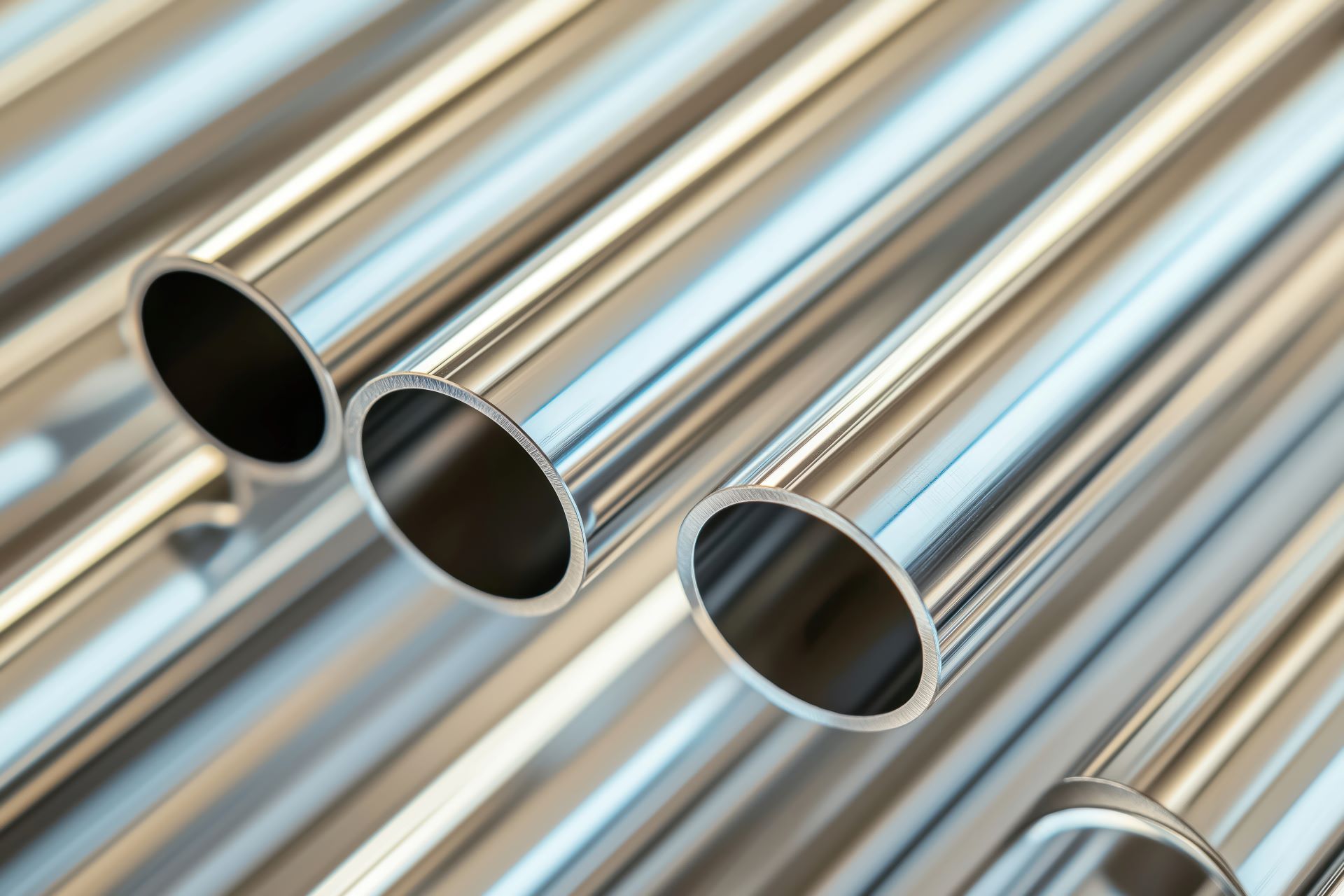The Role of Laser Cutting in Precision Metal Fabrication
Laser cutting is at the forefront of modern metal fabrication, offering unmatched precision, repeatability, and versatility across industries like aerospace, medical, food equipment, signage, and structural manufacturing. For businesses that demand tight tolerances and high-quality finishes, laser cutting delivers consistent results that can’t be achieved with traditional cutting methods.
At Action Stainless, laser cutting is one of our most requested value-added services, often paired with other in-house capabilities like shearing, sawing, and CNC machining. This post explores the technical role of laser cutting in metal fabrication and why it’s a smart investment for projects that depend on speed, accuracy, and material integrity.
Why Laser Cutting Matters in Today’s Fabrication Workflow
Traditional fabrication relied on punch presses, mechanical saws, and manual torch methods. While these methods still have their place, they come with limitations in edge quality, dimensional tolerance, and heat-affected zones (HAZ). As designs have become more complex and tolerance windows tighter, laser cutting has become a go-to solution.
Key reasons why fabricators and OEMs choose laser cutting today:
- Clean, dross-free edges reduce the need for secondary processing
- Tight tolerances (±0.005") ensure repeatability in high-volume runs
- Speed and automation reduce lead time and manual labor
- Works well with a wide range of metals, including stainless, aluminum, and carbon steel
- Less material waste, especially with nested layouts and CNC programming
How Laser Cutting Works
Laser cutting uses a high-powered, focused laser beam to melt or vaporize material along a programmed path. A coaxial gas jet, often nitrogen or oxygen, helps remove molten material and maintain a clean kerf (cut line).
The laser is typically mounted on a gantry-style CNC system that moves the beam across flat metal sheets or plates. The cutting head can vary focal length, gas flow, and power depending on material type and thickness.
Most industrial setups use one of three laser types:
| Laser Type | Best For | Benefits |
|---|---|---|
| CO₂ Laser | Non-ferrous metals, acrylic, wood | Lower initial cost, smooth finish |
| Fiber Laser | Stainless steel, aluminum, copper, brass | Faster, higher energy efficiency |
| Nd:YAG Laser | Very fine cuts in thin metals, medical devices | Excellent for micromachining |
Today, fiber lasers dominate in metal fabrication due to their speed, precision, and low maintenance. Action Stainless utilizes fiber laser systems for stainless and aluminum processing across a range of thicknesses.
Common Applications Across Industries
Aerospace and Defense
Laser cutting meets the aerospace industry’s demand for lightweight materials and extremely tight tolerances. Components often include aluminum brackets, stainless supports, and titanium covers, where even small dimensional errors can affect flight safety.
Medical Equipment and Instruments
In surgical tool and diagnostic device production, sharp precision and burr-free edges are mandatory. Laser cutting offers minimal heat transfer and zero mechanical stress, preserving the material’s structural integrity.
Food and Beverage Equipment
Food-grade stainless (304, 316, 316L) must maintain smooth, sanitary edges with no crevices that trap bacteria. Laser cutting provides consistent, clean cuts suitable for direct food contact and washdown environments.
Signage and Architectural Panels
Laser systems cut aluminum or stainless panels into custom profiles, lettering, or decorative screens with tight radii and sharp internal corners, often paired with polishing or brushing for high-end finishes.
Transportation and Marine
From heat shields to bulkhead panels, laser cutting supports tight nesting patterns for efficient material use. It’s especially valuable when working with corrosion-resistant materials in buses, trailers, or vessels.
Laser Cutting vs. Other Cutting Methods
While plasma, waterjet, and mechanical saws are also used in metal fabrication, they vary in precision, finish, and cost. Here’s how laser cutting stacks up:
| Cutting Method | Precision | Edge Finish | Speed | Heat Affected Zone | Ideal For |
|---|---|---|---|---|---|
| Laser Cutting | Very high (±0.005") | Smooth, clean | Fast | Small | Thin-to-medium metal |
| Plasma Cutting | Moderate | Rougher edges | Fast | Large | Thick metals, lower cost |
| Waterjet Cutting | High | No HAZ | Slower | None | Thick or heat-sensitive materials |
| Mechanical Sawing | Moderate | Varies | Medium | Low | Straight cuts on bar/plate |
Laser cutting is typically the best choice when
tolerances, speed, and finish quality matter most, especially in stainless steel and aluminum fabrication.
Material Capabilities at Action Stainless
Our laser cutting services support a broad range of materials and thicknesses:
- Stainless steel: 304, 316, 430, and other grades
- Aluminum: 5052, 6061, 3003, and more
- Carbon steel: A36, 1018, and coated materials
We work with gauges as thin as 0.020” up to plate sizes of 0.75”+ depending on the alloy and application. Our nesting software minimizes scrap and maximizes yield, reducing cost and material waste on high-volume orders.
Advantages for OEMs and Fabricators
Integrating laser cutting into your manufacturing workflow offers measurable benefits:
- Reduced downstream processing – Clean edges mean less grinding or deburring
- Repeatable production – Excellent for prototyping and scaling to full runs
- Faster turnaround – Shortens the time from raw material to assembly
- Material flexibility – Cuts reflective metals like aluminum with precision
- Cost efficiency – Ideal for both small and large production quantities
For food processing equipment, medical tables, or precision enclosures, laser cutting maintains the quality and consistency required by regulated industries.
Supporting Services from Action Stainless
Laser cutting is part of a full-service material support program at Action Stainless. We offer:
- In-house sawing, shearing, and cutting
- Waterjet and plasma options for heavy gauges
- Polishing and surface finishing
- Material certification and traceability (MTRs)
- Custom packaging and fast turnaround
Whether you're building sanitary food contact equipment, custom signage, or aerospace enclosures, we deliver material processing support at the pace your business demands.
Final Thoughts
Laser cutting continues to shape how modern manufacturers approach design, production, and scalability. As industries evolve toward tighter specifications and faster timelines, the ability to cut cleanly and precisely is a foundational asset, not just a feature.
At
Action Stainless, we invest in high-performance fiber laser systems to help our clients keep projects moving forward, accurately and efficiently.






